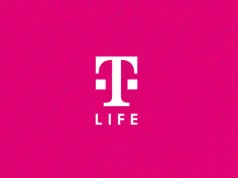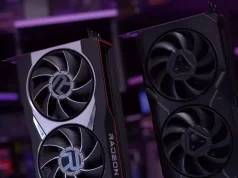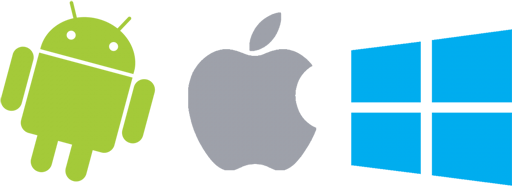Samsung’s upcoming Project Moohan, likely to be branded as the Galaxy XR, appears poised to challenge Apple Vision Pro with superior display technology, lighter weight, and integration with Google’s Android XR ecosystem, potentially offering a more accessible and practical alternative for mainstream spatial computing adoption.
Display and Visual Fidelity
The Galaxy XR features dual 4K micro-OLED displays with a pixel density of 4,0324,032 pixels per inch (PPI), surpassing Apple Vision Pro’s 3,3863,386 PPI and delivering a total of 29 million pixels. This higher resolution promises sharper text rendering and reduced eye strain during extended productivity tasks like coding or spreadsheet work, potentially making it better suited for professional use. The display technology, reportedly sourced from Sony, enables near-seamless visuals where individual pixels become indistinguishable to most users, matching high-end monitor quality.
Design and Comfort
Weighing in at 545 grams, the Galaxy XR is significantly lighter than the Vision Pro, which ranges from 600 to 650 grams. This weight reduction, combined with a rear-mounted strap and internal cushioning, addresses a key criticism of Apple’s headset—front-heavy discomfort during prolonged use. The design includes detachable light shields and an adjustable head strap for enhanced immersion and fit customization. Like the Vision Pro, it uses a tethered external battery pack, but the lighter main unit improves overall wearing comfort.
Performance and Input Methods
Powered by the Qualcomm Snapdragon XR2+ Gen 2 processor and 16GB of RAM, the Galaxy XR delivers robust performance for demanding mixed reality workloads. Benchmark results show single-core scores of 990 and multi-core scores of 2,453 on Geekbench, indicating a 20% CPU and 15% GPU improvement over previous XR chipsets. The device supports multiple input methods: hand and eye tracking, voice commands, and two included 6-degree-of-freedom (6 DoF) motion-sensing controllers with analog sticks and haptic feedback—offering more versatility than Vision Pro’s gesture-centric approach.
Battery Life and Ecosystem
Battery life is estimated at up to 2 hours for general use or 2.5 hours for video playback, slightly less than Vision Pro’s 3.5-hour real-world endurance. However, the external battery pack design allows for potential hot-swapping, enabling longer continuous sessions. The headset runs Android XR with Samsung’s One UI XR interface, granting immediate access to millions of apps via the Google Play Store—a significant advantage over visionOS in terms of day-one utility. Deep integration with Google’s Gemini AI enables features like Circle to Search in XR space, transforming the device into a contextual computing platform.
Market Positioning and Pricing
Samsung is reportedly targeting a launch on October 22 in Korea, with initial production of 30,000 units. Pricing is rumored to range from $1,800 to $2,900, potentially as low as $2,000, positioning it well below Vision Pro’s $3,499 price point. This aggressive pricing, combined with superior specs and ecosystem access, suggests a strategy to accelerate mainstream adoption of premium XR technology rather than targeting only early adopters.










